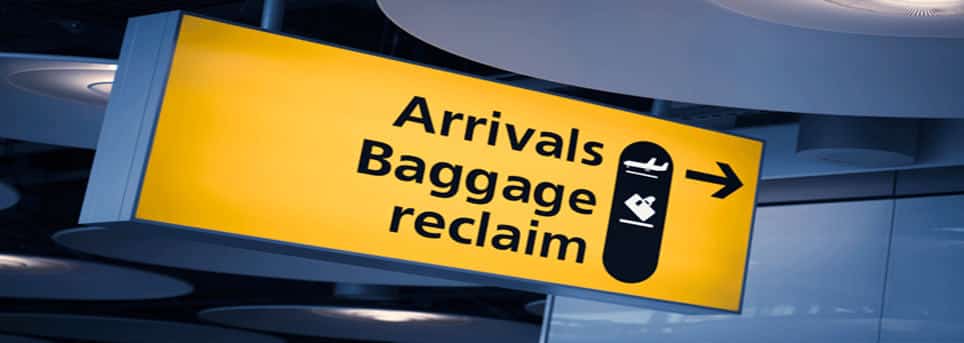The Challenge
For the Terminal 5 Operation at Heathrow, our client asked us to determine and develop an airside traffic simulation model that could be flexible and simple. The simulation had to offer a fast reporting time and be quick to analyse many different elements. This included changes to Schedules/Aircraft, changes to Road infrastructure, changes in the allocation of resources (MUPs, Offloads, Parking), contingency Plans & Perturbed situations and an indication of Resource requirements (Tug Trains/Empty or Full Cans).
As airport operations experts, we were able to understand all elements of the model. We recognised the integrated demand modelling requirements and applied our knowledge to creating the road traffic model and liaising with all stakeholders throughout the process.
The Solution
The simulation was developed in the same way as the London Heathrow Terminal 3 model (link to case study) but with far greater integration with the GTA Allocation and Capacity Planning tools developed. This provided a quick and flexible approach to analysing multiple scenarios, as required by the customers.
By looking at major road traffic networks, and the traffic that uses them – including vehicle and tugs train traffic – we used our expertise and unique 2D modelling software, Transvision AiR, to analyse the road traffic infrastructure for London Heathrow Terminal 5. We were then able to provide a simulation that allowed BAA to optimize and schedule road traffic and apron operations.
Working with the relevant individual stakeholders and the client; we improved their respective roles in road traffic operations. Running scenarios that included construction mitigations, contingency plans and other considerations, we were able to advise all involved parties about future road traffic flows, meaning that resource utilization was increased and congestion was reduced.
The Benefit
Realising this capacity throughout the terminal improved levels of punctuality, enhanced passenger experience and provided a more cost-effective way of approaching the project for all stakeholders.
Our model allowed the client to look at every element of this road traffic in terms of existing and future passenger demands, optimizing traffic capacity, now and in the future. This is an ongoing project within Heathrow. Using our links and wealth of experience within the airport we are able to provide a long-term commitment to this project for the benefit of all involved.
- Resource utilisation increased
- Stakeholder acceptance
- Improved ADP (Arrivals delivery performance)
- Reduced congestion and waiting times
- Enhance the function of terminal buildings
- Prevent unnecessary investment costs
- Smooth efficient operations
- Improved passenger customer service and airport experience
- Guaranteed long-term utilisation

